The enslaved Africans brought into Georgia endured unimaginable conditions. Torn from their homelands, many were funneled through the bustling slave markets in coastal towns like Savannah and Darien. These ports became not only entry points for enslaved persons but critical hubs of commerce that profited from every human transaction. Slaves were forced to clear forests, dig irrigation ditches, and toil endlessly in rice paddies and cotton fields under the sweltering southern sun. The immense labor required to cultivate rice in Georgia’s low country demanded a workforce conditioned to the unique environment, and as such, many enslaved Africans brought into Georgia were specifically selected from West African regions familiar with rice cultivation.
By the early 19th century, cotton had become Georgia’s cash crop, especially following the invention of the cotton gin by Eli Whitney in nearby Savannah in 1793. The device revolutionized cotton processing and entrenched slavery even further in Georgia’s economic and social fabric. Counties across central and southern Georgia, especially along the Black Belt region, became inundated with plantations that relied on enslaved labor to produce cotton at massive scales. The rise of “King Cotton” positioned Georgia as one of the top slaveholding states in the Union. In fact, by 1860, there were nearly half a million enslaved people in Georgia—comprising nearly 44 percent of the state's population—many of whom were born into bondage after generations of inherited chattel status.
The Georgia slave economy was deeply intertwined with national and international markets. Slaveholders in Georgia often took out loans using enslaved people as collateral. These loans, bundled and traded as financial products, created early iterations of speculative investment markets that mirror modern banking systems. Cotton harvested in Georgia was shipped to textile mills in the North and to England, feeding the global Industrial Revolutio.
Thus, slavery in Georgia was never an isolated, agrarian institution—it was connected to and helped propel a global economic engine. Banks, insurance companies, railroads, and shipping lines in both the South and North profited immensely. Major companies such as Aetna and JP Morgan Chase, as well as regional banks and railways, profited directly from insuring slave cargo, financing plantation expansion, and transporting goods produced by slave labor. Many of these corporations still exist today, bearing silent witness to their origins in slavery’s shadow.
Slave migration within Georgia also played a significant role in shaping its demographic and political landscape. The domestic slave trade forcibly moved thousands of enslaved people from the Upper South into Georgia. Slave auctions, often held on courthouse steps or in city squares, facilitated the splitting of families and the commodification of human beings as mere property. Enslaved people were marched overland or shipped via riverboats to new plantations in interior Georgia. As lands were seized from Native Americans—most notably during the Trail of Tears and the forcible removal of the Creek and Cherokee nations—new territories were opened to white settlement, and slavery expanded westward within the state.
Despite overwhelming oppression, enslaved Georgians resisted in both subtle and overt ways. From breaking tools to poisoning overseers, from running away to organizing revolts, they asserted their humanity in a system that denied it. The Gullah Geechee people, who populated Georgia's coastal islands, preserved African traditions, language, and spiritual practices that provided communal strength and cultural resistance. Stories passed down in hush harbors and coded spirituals carried messages of liberation and defiance. Their resilience laid the foundation for a long and unyielding fight for freedom that would continue well after Emancipation.
The end of the Civil War and the Emancipation Proclamation marked the legal end of slavery in Georgia, but not its societal legacy. The Freedmen’s Bureau, established in 1865, attempted to aid the transition from slavery to freedom, providing education, food, and legal assistance to formerly enslaved people. In Georgia, the Bureau opened schools, negotiated labor contracts, and helped reunite families torn apart by slavery. But it also faced violent resistance from former Confederates, economic sabotage by white landowners, and political opposition at both the state and federal levels. Sharecropping and tenant farming soon replaced slavery in practice if not in name, binding Black Georgians to the land and to crushing debt that mirrored the dependencies of bondage.
During the Reconstruction era, Black Georgians made extraordinary political gains. Men such as Tunis Campbell and Henry McNeal Turner emerged as powerful leaders advocating for education, land ownership, and civil rights. Campbell, a former minister and freedman from New Jersey, established self-governed Black communities on the Georgia coast and even formed a Black militia to defend them. Turner, a bishop in the African Methodist Episcopal Church, served in Georgia’s state legislature and became a fierce proponent of Black emigration to Africa as a form of liberation. But these gains were short-lived. The rise of white supremacist groups like the Ku Klux Klan, combined with the Compromise of 1877 and federal withdrawal from the South, ushered in a reign of terror and disenfranchisement that would last for nearly a century.
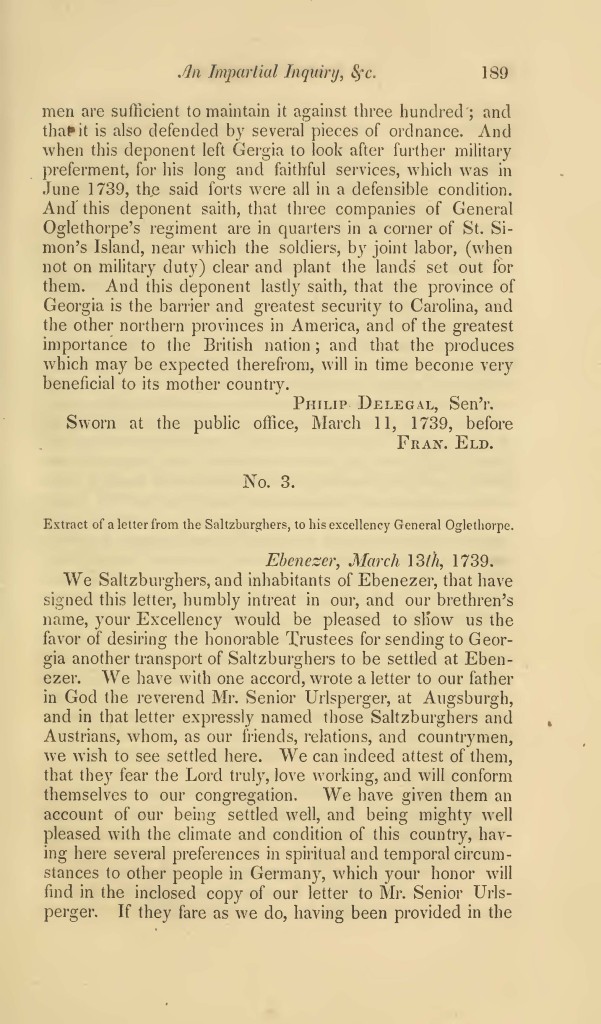
Georgia became a battleground for Jim Crow repression. Laws enforcing segregation, voter suppression, and economic exclusion became tools of neo-slavery. The convict leasing system—whereby Black men were arrested for minor or fabricated offenses and leased to private corporations—flourished in Georgia, providing a steady supply of cheap labor to railroads, mining companies, and agricultural interests. Convict leasing was often more brutal than slavery, as the death rate among leased prisoners was shockingly high due to neglect, abuse, and inhumane working conditions. The Georgia Railroad, Chattahoochee Brick Company, and other entities profited directly from this legalized form of slavery well into the 20th century.
Yet through it all, Georgia remained a wellspring of Black resistance and intellectual leadership. W.E.B. Du Bois, though born in Massachusetts, spent much of his early academic career in Georgia, writing his seminal work “The Souls of Black Folk” while at Atlanta University. The state produced some of the greatest voices of the civil rights era. Martin Luther King Jr., born in Atlanta, became the movement’s moral compass, preaching love and justice from Ebenezer Baptist Church. John Lewis, born in Troy, Alabama, but later representing Georgia’s 5th Congressional District, risked his life on the Edmund Pettus Bridge and spent decades fighting for equality and justice in Congress. These freedom fighters, and many others like Ella Baker, Dorothy Bolden, and Hosea Williams, stood on the shoulders of those who survived Georgia’s slave past, bearing witness and continuing the struggle.
The legacy of slavery continues to shape Georgia today. The racial wealth gap, health disparities, educational inequalities, and patterns of mass incarceration disproportionately affect Black communities. Corporations that profited from slavery still dominate Georgia’s economic landscape, and some have begun reckoning with their past. Institutions like Emory University and the University of Georgia have undertaken studies acknowledging their complicity in slavery. However, true reparative justice remains elusive. Many cities in Georgia, including Savannah, Macon, and Atlanta, still bear physical markers of slavery in their architecture, street names, and unmarked graves, though some communities are working to preserve and commemorate this history.
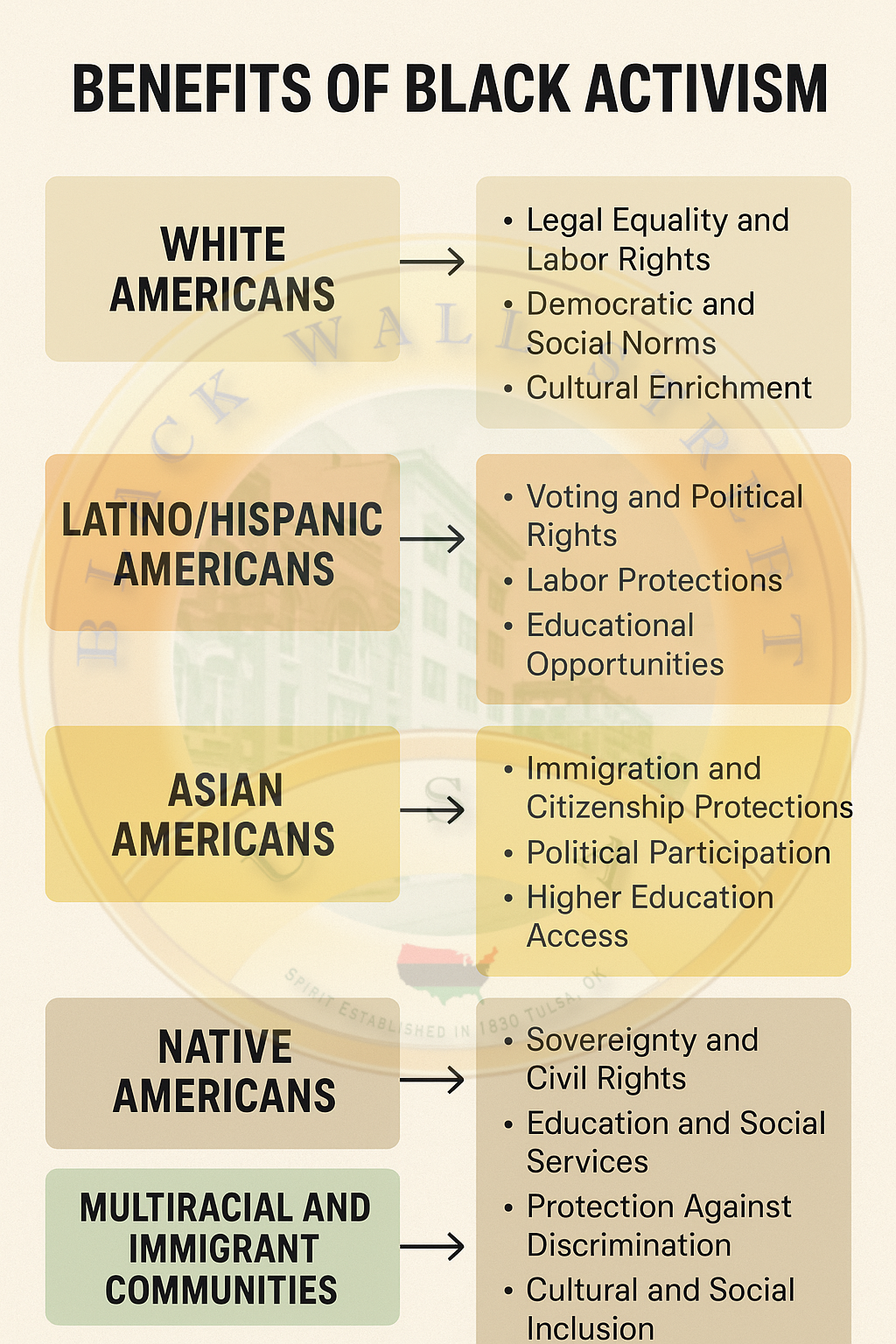
Slave narratives from Georgia offer vital windows into the lived experience of bondage. The WPA Slave Narratives include interviews with dozens of formerly enslaved Georgians conducted in the 1930s. Their voices—full of pain, memory, and resilience—give testament to the brutalities of slavery and the humanity of those who endured it. One such voice, that of Sarah Gudger, recalled the horror of being sold away from her mother and the beatings she endured for speaking her native tongue. Others remembered the joy of secret marriages, the power of spirituals, and the dream of freedom that never dimmed even in the darkest night.
This history is not merely a relic—it is an ongoing reality. Georgia’s prison system remains disproportionately filled with Black men. Economic development continues to bypass many historically Black communities, even as the state boasts of economic growth. Corporations headquartered in Georgia, including major players in agriculture, shipping, and banking, have roots in the same institutions that profited from slavery. Some, like Southern Company and Coca-Cola, have taken steps toward racial equity, but meaningful structural change is still needed.
The struggle for justice in Georgia continues, carried forward by new generations of activists, scholars, and community leaders. Their work is informed by the legacy of slavery, shaped by the strength of their ancestors, and powered by an unyielding commitment to freedom. Slavery in Georgia was a crime of enormous scale and impact. Its legacy must be remembered, reckoned with, and dismantled—not only in memory, but in law, policy, and everyday life.
The legacy of slavery in Georgia did not disappear with the Emancipation Proclamation or the surrender at Appomattox. Instead, it mutated and evolved through laws, policies, and institutions that continued to oppress African Americans. One of the most persistent forms of post-slavery exploitation was the sharecropping system, which blanketed Georgia's agricultural regions from the late 19th century into the mid-20th century. Sharecropping was, in theory, a contractual agreement in which landowners provided land and supplies in exchange for a portion of the crop produced by the laborer. In practice, it bound Black families to the land under a regime of economic dependency and legal ambiguity that made escape nearly impossible. Sharecroppers were routinely cheated out of profits, and entire generations of Black Georgians worked the same land under terms
This neo-slavery was not an accident of history but a calculated system maintained by white landowners, local law enforcement, and political leaders to preserve white supremacy and cheap labor. Debt peonage kept sharecroppers in a constant cycle of poverty. Illiteracy, a product of deliberate educational neglect during slavery, made it nearly impossible for Black laborers to contest the crooked bookkeeping practices of landlords. Landowners would inflate the costs of tools, seeds, and basic supplies, then subtract these fabricated debts from a sharecropper's earnings, ensuring that by harvest's end, the laborer owed more than he was due. Families were forced to remain on the land generation after generation, effectively recreating conditions of bondage long after the Thirteenth Amendment.
This economic bondage was reinforced by a violent political regime designed to disenfranchise and marginalize Black people. After Reconstruction ended, Georgia, like most Southern states, implemented a range of Jim Crow laws that mandated racial segregation in schools, transportation, housing, and public accommodations. But beyond the visible markers of segregation were the less visible but equally devastating laws that suppressed Black political power. Poll taxes, literacy tests, grandfather clauses, and white primaries were used to bar Black Georgians from voting. The Democratic Party in Georgia functioned as a whites-only club for much of the 20th century, and attempts by African Americans to vote were often met with violence or retaliation.
The criminal justice system also served as a mechanism to re-enslave Black Georgians. Through convict leasing and chain gangs, Black men in particular were funneled into forced labor camps for minor or fabricated infractions. Vagrancy laws, loitering ordinances, and “Black codes” criminalized poverty and unemployment, giving sheriffs and judges wide latitude to arrest and convict African Americans without due process. Once imprisoned, they were leased to private companies, including railroads, mining operations, and factories, where they endured grueling labor under inhumane conditions. The death rates in Georgia’s convict camps were staggering. Companies and state institutions profited from this exploitation, and Georgia’s modern infrastructure owes much to the labor stolen from Black bodies long after slavery was legally abolished.
Despite this systemic oppression, Georgia’s Black communities remained resilient. Schools like Atlanta University, Morehouse College, Spelman College, and Clark College (now Clark Atlanta University) became incubators for Black intellectuals, educators, and political activists. These historically Black colleges and universities were not just centers of education; they were centers of resistance. They cultivated a tradition of leadership and community empowerment that continues to shape Black life in Georgia today. Leaders like Benjamin Mays, a theologian and educator who mentored Martin Luther King Jr., helped instill a moral philosophy that bridged Christian theology with social justice and civil rights activism.
During the Great Migration, thousands of African Americans fled Georgia in search of economic opportunity and freedom from racial terror. Many moved to northern cities like Chicago, Detroit, and New York, reshaping the cultural and political dynamics of those regions. But many others stayed, choosing to fight for change from within the belly of the beast. Throughout the mid-20th century, Georgia became a central battleground in the Civil Rights Movement. Atlanta emerged as a strategic hub for organizing, legal challenges, and public demonstrations. It was here that Martin Luther King Jr. was born, raised, and educated. It was here that the Southern Christian Leadership Conference was headquartered. And it was here that countless Black Georgians faced dogs, fire hoses, and billy clubs to demand their dignity and rights as American citizens.
The Civil Rights Movement in Georgia was marked by both profound courage and severe repression. From the Albany Movement in southwest Georgia to the desegregation battles in Atlanta public schools, Black Georgians risked everything to dismantle the legal and cultural infrastructure of white supremacy. Rosa Parks may have refused to give up her seat in Montgomery, but Georgia had its own unsung heroines and heroes. People like Reverend Ralph David Abernathy, who stood alongside King; Hosea Williams, who organized marches through rural Georgia; and Dorothy Bolden, who unionized Black domestic workers in Atlanta, were pivotal to the struggle. These individuals were not anomalies—they were the torchbearers of a centuries-long resistance to slavery and its aftermath.
Yet even as legal segregation fell, the structures of economic inequality, residential segregation, and educational disparities remained. Redlining by banks and mortgage lenders, highway construction through Black neighborhoods, and discriminatory hiring practices all conspired to limit the gains of civil rights legislation. Public schools in Georgia, though technically desegregated, remain deeply unequal due to funding mechanisms based on local property taxes. The wealth gap between Black and white Georgians is staggering, a reflection not of individual failure but of systemic theft—beginning with slavery, extending through sharecropping and convict leasing, and continuing today in discriminatory economic systems.
Some of the most powerful corporations in Georgia today trace their wealth back to slavery or the industries built on its legacy. Coca-Cola, for example, founded in Atlanta in 1886, rose to prominence at a time when Black labor was still deeply exploited through Jim Crow labor laws and the unpaid or underpaid work of Black domestic and industrial laborers. The company has acknowledged the need to address systemic racism in modern times, but has not fully accounted for the role of its early growth in a segregated, post-slavery society.
Georgia-Pacific, another corporate giant based in Atlanta, has its roots in the lumber and paper industries, which historically relied on Black labor in forests, mills, and dangerous processing plants under conditions often indistinguishable from the era of slavery. These companies, along with financial institutions, railroads, and agricultural conglomerates, owe their foundational profits to systems of racial exploitation that emerged directly from Georgia’s history of slavery.
Today, Georgia is a microcosm of America’s struggle to reckon with the legacy of slavery. On one hand, it is home to a vibrant and politically engaged Black population that has transformed the state’s political landscape, most recently demonstrated in the 2020 and 2021 elections that delivered historic victories to Black-led coalitions. On the other hand, Georgia continues to pass laws and promote policies that echo the old tactics of racial exclusion—whether through voter suppression, economic disinvestment in Black communities, or resistance to educational curriculum that includes the full truth of slavery.
Efforts to confront and redress this history are ongoing. Organizations like the Equal Justice Initiative, the Georgia Coalition for the People’s Agenda, and the New Georgia Project work tirelessly to expose the systemic roots of inequality and demand accountability. There are calls for reparations, for corporate accountability, for curriculum reform in public schools, and for the protection and memorialization of slave cemeteries and historical sites. Cities like Savannah and Atlanta have begun acknowledging their roles in slavery, but a full statewide reckoning remains elusive.
The voices of enslaved Georgians still echo through history. They are preserved in court documents, property ledgers, plantation diaries, and above all, oral histories. Their stories speak not just of suffering but of strength, intelligence, family, faith, and rebellion. They were mothers, fathers, artisans, builders, and preachers. They built Georgia’s economy, its cities, its infrastructure—and they planted the seeds of resistance that would blossom into one of the most powerful liberation movements in the world.
Slavery in Georgia was not a footnote—it was the foundation. Its legacy is not confined to museums or textbooks—it lives in the structures, policies, and disparities of the present. Understanding this truth is not about guilt—it is about justice. It is about acknowledging that the wealth and power of modern Georgia was built on stolen labor and stolen lives, and that restitution, remembrance, and reconstruction are long overdue.
Slavery in Georgia is not a closed chapter—it is an open wound still bleeding into the body politic, economics, culture, and conscience of the state and the nation. One cannot understand modern Georgia without reckoning with the foundational role of slavery in shaping its demographic patterns, wealth distribution, institutional structures, and political ideologies. The long shadow of slavery continues to haunt the present not only in historical memory but in material realities that disproportionately affect African American communities to this day.
The psychological legacy of slavery in Georgia has also endured through generational trauma. The dehumanization, separation of families, brutal punishment, and constant fear instilled by slavery produced deep psychic scars. These scars were passed down, not only through stories but through the structural violence that replaced physical chains with legal and economic ones. The trauma of having one's ancestors reduced to property, stripped of language, culture, and rights, cannot be erased by mere declarations of freedom. It requires acknowledgment, healing, and reparative justice—none of which has been systematically undertaken by the state or its dominant institutions.
What is often overlooked in narratives about slavery is how much knowledge, skill, and innovation enslaved people brought with them and developed in bondage. In Georgia, enslaved Africans introduced and perfected rice cultivation techniques, built irrigation canals, mastered carpentry, blacksmithing, and brickmaking, and brought invaluable agricultural and medicinal knowledge. This intellectual labor was stolen along with their physical labor. Plantation wealth was not simply the product of land and climate but of the brilliance and resilience of the enslaved themselves. Georgia’s antebellum architecture, cuisine, music, and folkways are deeply indebted to African and African American traditions. Yet the names and stories of the individuals who created these cultural treasures are rarely honored in public memory.
As Georgia grew into an economic and transportation hub, slavery and its industrial complex evolved to support new technologies. The expansion of the railroads was a pivotal point in this transformation. Enslaved people not only laid the tracks under dangerous and grueling conditions, but their existence as capital assets also financed the industry. Slave owners mortgaged human property to fund railroad construction and bought company stock using wealth accumulated through slave labor. As railroads began connecting Georgia’s cities and ports, they facilitated faster transport of cotton, timber, and other goods that enriched white planters and industrialists. The very steel veins that connected Georgia internally and to the rest of the country were laid by hands in bondage or by convicts in chains.
In this era, financial institutions that operated in Georgia—banks, insurance firms, and commercial houses—played key roles in perpetuating slavery and later profiting from its legacies. Insurance companies underwrote slave ships and individual slaves. Banks used slaves as collateral for loans and actively invested in plantations. After the Civil War, these same institutions seamlessly transitioned to financing the new systems of racial capitalism—sharecropping, tenant farming, and Jim Crow industrial labor. In many cases, the names of these banks and firms remain part of Georgia’s economic landscape, but their histories are whitewashed or ignored. The built environment of cities like Atlanta, Macon, and Augusta is a testament to this legacy—courthouses, mansions, and rail depots constructed on the backs of enslaved and semi-enslaved labor. The role of religious institutions in upholding slavery in Georgia is another chapter that demands reckoning. Many white churches in Georgia not only defended slavery as a divine institution but actively participated in its perpetuation. They baptized slaves while simultaneously blessing their bondage. They excommunicated abolitionists while preaching obedience from enslaved pews. Religious sanctioning of slavery was a powerful ideological weapon, and Georgia's theological history cannot be separated from its economic and racial history.
At the same time, Black churches emerged as spaces of resistance, refuge, and revolution. Rooted in the spiritual resilience of enslaved people, these churches became community anchors, schools, meeting halls, and bases for civil rights organizing. The role of the Black church in Georgia—from the hush harbors of the plantation to the megachurches of Atlanta—is one of profound continuity, courage, and cultural innovation.
Education, too, bears the mark of slavery’s aftermath. During slavery, it was illegal to teach enslaved people to read and write, and in Georgia, these laws were vigorously enforced. After Emancipation, freedpeople prioritized education, building schools with their own hands and funding teachers through collective effort. But white backlash quickly followed. Schools were burned, teachers were harassed, and resources were withheld. For decades, Georgia’s educational system was segregated, underfunded for Black students, and infused with racist ideologies. The echoes of this inequity remain. School districts today that serve predominantly Black communities in Georgia still suffer from underfunding, overcrowding, and political neglect, even as white suburban schools flourish. The literacy gap, dropout rates, and disciplinary disparities all stem from this foundational denial of education as a right for Black people.
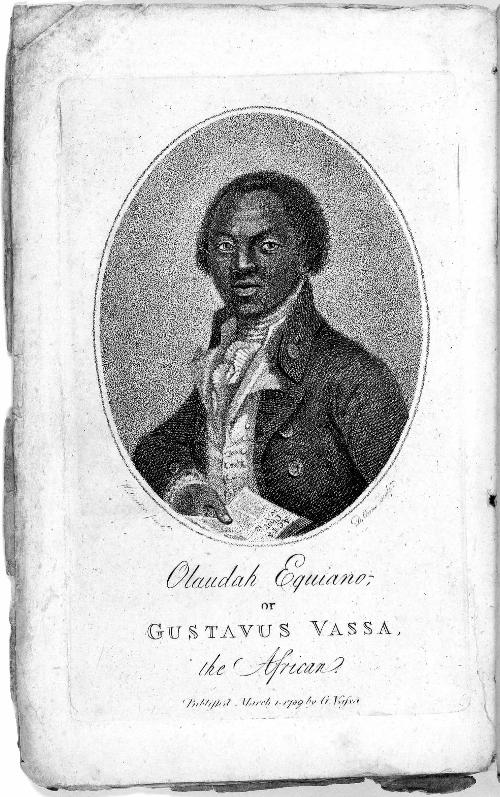
The prison industrial complex in Georgia stands as one of the most glaring modern continuations of the slavery economy. Incarceration rates for African Americans in Georgia are disproportionately high, and Black men in particular are targeted by policies and policing practices rooted in slave patrols and Reconstruction-era surveillance. The prison labor system in Georgia, where inmates work for little or no pay, often for private companies or to maintain state facilities, is a direct legacy of slavery. The language of the Thirteenth Amendment—abolishing slavery “except as a punishment for crime”—ensured that Georgia, like other Southern states, could continue to exploit Black labor under legal cover. This system remains profitable and protected by law, a glaring example of how slavery has been rebranded rather than abolished.
Meanwhile, land theft and displacement have robbed generations of Black Georgians of wealth and stability. After the Civil War, there was a brief window when land redistribution was debated, and Black land ownership increased slightly. However, through violence, fraud, legal manipulation, and economic coercion, most of that land was reclaimed by white landowners. Families were driven off their land by lynching, by arson, by biased courts. The federal government's failure to uphold promises like “forty acres and a mule” condemned millions to poverty.
In Georgia, this meant Black families in places like McIntosh County, Liberty County, and Glynn County lost their ancestral landholdings over time. The recent exposure of land theft and disinheritance by corporations and developers—often under the guise of eminent domain or unpaid taxes—echoes these practices. The wealth gap between Black and white Georgians is thus not an abstract statistic—it is the measurable result of centuries of theft and exclusion.
The trauma of slavery is not only individual—it is cultural and communal. In Georgia, oral histories, rituals, and commemorations serve as living memory of this past. Yet public commemoration of slavery remains deeply contested. Statues and monuments across the state still honor Confederate leaders, plantation owners, and slaveholding politicians. Meanwhile, memorials to enslaved people are sparse, underfunded, or hidden. Until recently, Georgia's official curricula barely covered slavery in depth, and when it did, it often sanitized or minimized its brutality. The movement to preserve and uplift sites of slave resistance, such as the Old Savannah Slave Market, Butler Island Plantation, and the burial grounds of enslaved people in Augusta and Sapelo Island, is ongoing and often led by community members rather than state agencies.
In this fight for memory and justice, the descendants of enslaved people in Georgia have become powerful advocates for truth-telling. They organize commemorative walks, publish family histories, and challenge local governments to protect and honor Black cemeteries and historic sites. In places like Sapelo Island, Gullah Geechee communities are fighting to preserve their land, culture, and language in the face of gentrification and development. These efforts are not simply about preservation—they are about resistance to erasure, about asserting the humanity and legacy of those whose lives were stolen by slavery.
The fight for reparations in Georgia is gathering momentum, with activists and scholars demanding that the state and its institutions account for their complicity. Reparations are not simply about cash payments—they include educational equity, housing justice, land restitution, prison abolition, healthcare access, and a full rewriting of Georgia’s historical narrative. Reparations would mean ending the extraction of Black labor and lives for the enrichment of white capital, and investing in the future of Black communities with the same intensity that was once used to destroy them.
What would it mean for Georgia to truly confront its past? It would mean more than issuing apologies. It would require dismantling the institutions and ideologies that grew from slavery—white supremacy, racial capitalism, and carceral control. It would mean teaching every child in Georgia the full history of the land they stand on, the blood that enriched it, and the people who built it. It would mean honoring not only Martin Luther King Jr., but also the field hands whose names were never written down, the mothers who lost their children on auction blocks, the maroons who escaped into the swamps, and the rebels who refused to be broken.
The story of slavery in Georgia is not just one of suffering—it is one of survival, resistance, brilliance, and transformation. It is the story of people who, even when denied every right, created culture, built families, practiced faith, and sowed the seeds of freedom. Their legacy is not buried in the past—it is present in every vote cast, every sermon preached, every protest organized, and every institution challenged in the name of justice.
Georgia cannot move forward until it faces backward, until it sees the full weight of what was done in its name and what was built with stolen hands. This reckoning must be structural, not symbolic; comprehensive, not cosmetic. Only then can the state begin to build something worthy of the lives it once devalued.
The time for silence has passed. The truth of slavery in Georgia demands to be told—in full, without euphemism, and without apology. It is a truth that convicts and compels, that wounds but also heals. It is a truth that, when fully embraced, can light the way to a more just and honest future—not only for Georgia, but for all those who still live in the long shadow of slavery’s legacy.

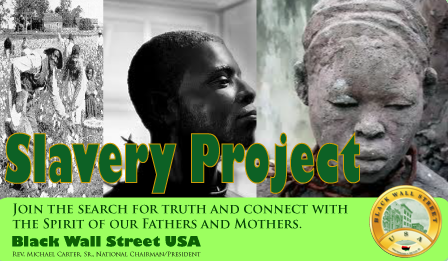
Alabama
Alaska
Arizona
Arkansas
California
Colorado
Connecticut
Delaware
Florida
Georgia
Hawaii
Idaho
Illinois
Indiana
Iowa
Kansas
Kentucky
Louisiana
Maine
Maryland
Massachusetts
Michigan
Minnesota
Mississippi
Missouri
Montana
Nebraska
Nevada
New Hampshire
New Jersey
New Mexico
New York
North Carolina
North Dakota
Ohio
Oklahoma
Oregon
Pennsylvania
Rhode Island
South Carolina
South Dakota
Tennessee
Texas
Utah
Vermont
Virginia
Washington
Washington D.C.
West Virginia
Wisconsin
Wyoming
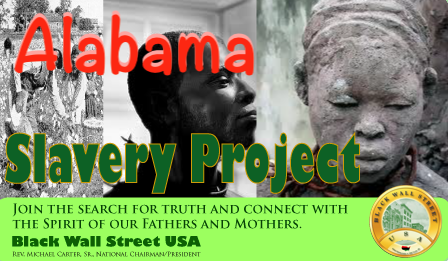
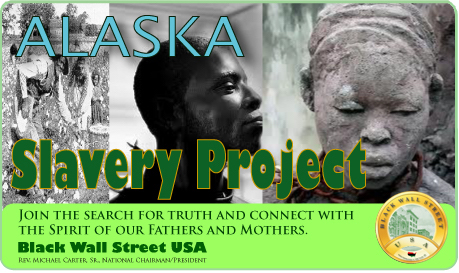



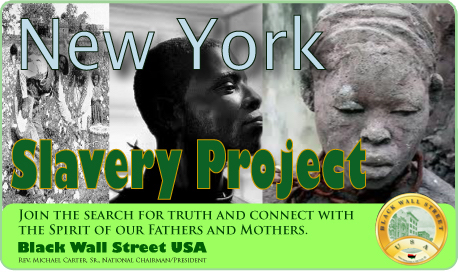

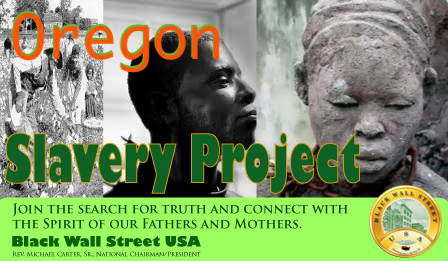
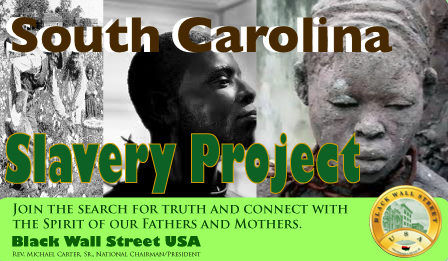
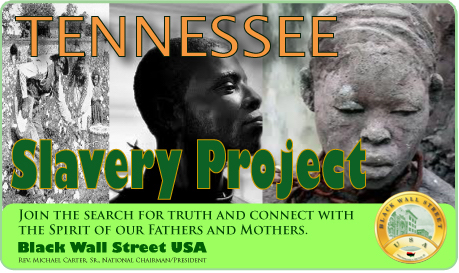
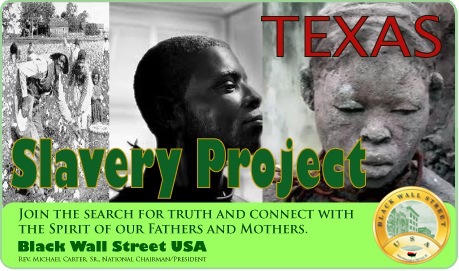



BlackWallStreet.org

Slave Records By State
See: Slave Records By State
Freedmen's Bureau Records
See: Freedmen's Bureau Online
American Slavery Records
See: American Slavery Records
American Slavery: Slave Narratives
See: Slave Narratives
American Slavery: Slave Owners
See: Slave Owners
American Slavery: Slave Records By County
See: Slave Records By County
American Slavery: Underground Railroad
See: American Slavery: Underground Railroad


